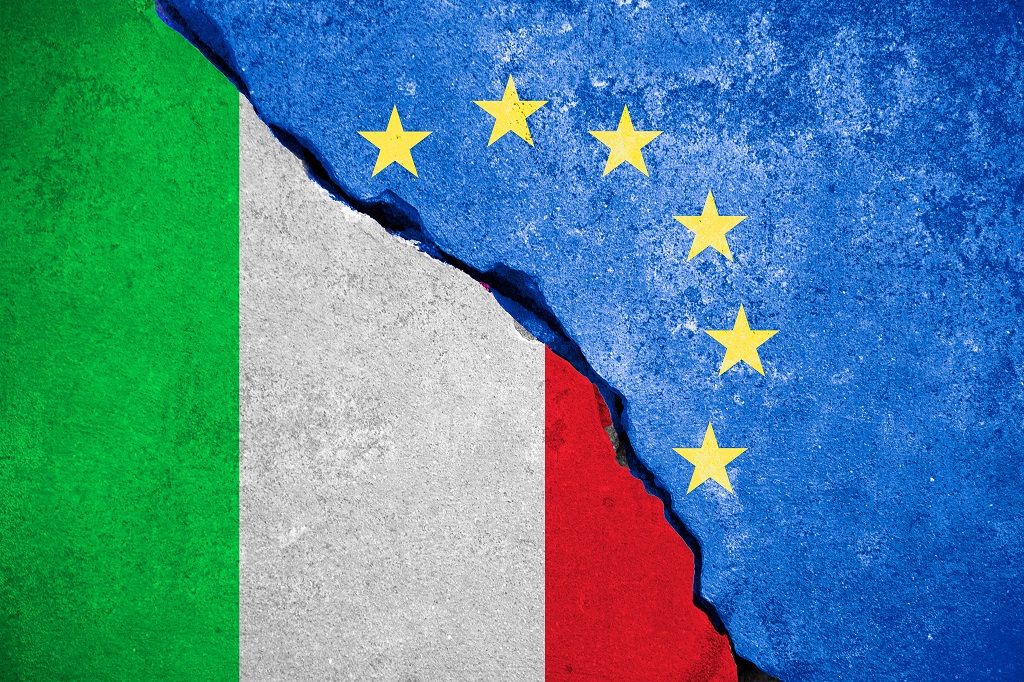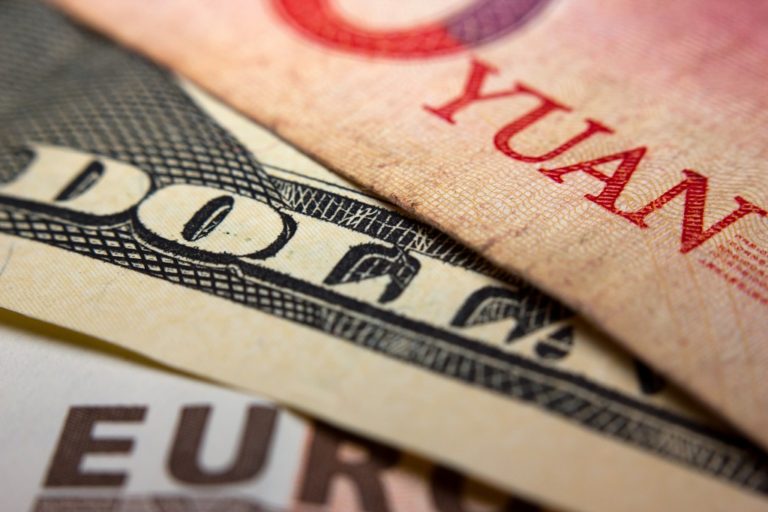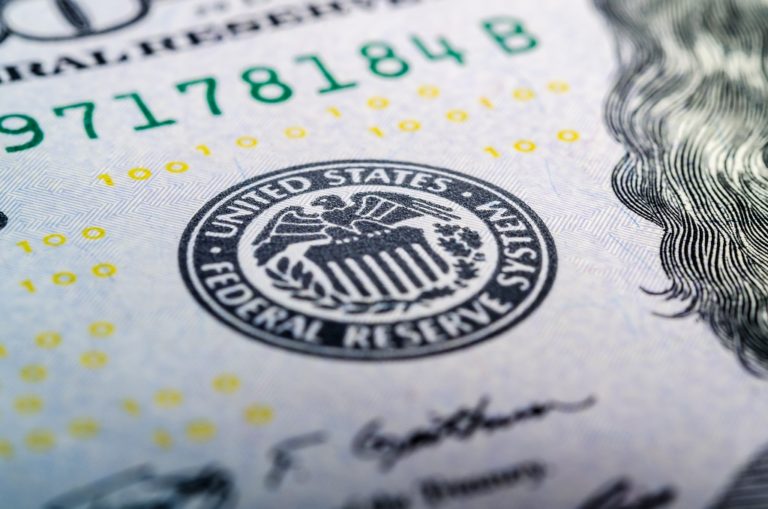The Weekly Truffle Report – The Italian Minsky Moment
Minsky moments to the tune of Italian music
Eyes will be on Europe once again, with jitters in the banking sector returning, and the increasing intransigence of one of the largest of the ‘PIGS’ — Italy. The political instability of the last few weeks seems finally to have settled with the establishment of a populist and decidedly right-wing coalition government. A sample of their tone: the day after their inauguration, new Interior Minister Matteo Salvini traveled south to where most of Italy’s refugees land and said migrants should get ready to ‘pack their bags’.
Keep an eye on this — surely the biggest national-level victory for a populist rightwing movement in Europe. The new government looks likely to quarrel with the EU, to clamp down dramatically in the acceptance of refugees, and generally wander down the same route as Greece’s brief ‘golden dawn’ under Yanis Varoufakis. But here’s a prediction: it’ll all be drowned out, eventually, by Brexit.
Market Outlook
The political inability in Brussels to deal with the most urgent issues of Brexit as well as the aftermath of the refugee crisis has now become a series financial threat that has rekindled fears of another Euro crisis. Whatever George Soros’s personal agenda might be with his vision of “open society” and three-step plan to bring the Eurozone out of its existential crisis, we agree Italy has the gunpowder to bring it all to a spectacular end – at least from a financial point of view. Here is why:
According to calculations, the debt of all states, banks, enterprises and households is about $ 233 trillion. In the past ten years since the financial crisis in 2008, the debt of OECD countries has almost doubled from 25 to 45 trillion dollars. The global debt ratio is 37 percentage points higher than before the outbreak of the financial crisis in 2007/2008. In the US alone, student loans have reached $ 1.3 trillion, with consumer loans reaching a similar level of $ 1.1 trillion. It is estimated that about $ 200 billion Dollar has already reached non-performing level something comparable to the conditions in the pre-subprime market area. It just needs a little spark that brings the entire house on fire – Italy provides more than a spark!
The Minsky Moment
In economic theory, we know of the Minsky moment. That’s the moment when a small change creates a paradigm shift that ends in a full-blown panic. Named after the US economist Hyman P. Minsky, whose theory gained fame in the banking crisis of June 2006. The spark at that time was when US rate reached 5.25 percent. We all know how this ended. What still astounds me to this day, that until the very end all was good (rosy forecasts, strong trends etc.) and then all of a sudden it wasn’t. This time the spark could come from an entirely different area of the economy, from a different geographic area or just the same old thing – interest rates. Let’s look at Italy’s situation for a moment.
Italy, with 2.3 billion euros in debt, is the third-highest indebted country in the world. In this political crisis, yields of its ten-year bonds rose to the highest value in three and a half years. The yields of the 2-year bonds reached levels above 2% – still comparatively low but a clear sign that something serious is up. S&P has already downgraded Italy’s sovereign debt with Moody’s in the process of reviewing a possible downgrade – the rating outcome is clear – JUNK status!
The situation though has something sinister. Right now, Italy simply cannot go bankrupt, and it cannot leave the EURO either. With Italy being the fourth largest European economy it’s too important for the Eurozone and the bureaucrats in Brussels. The new government in Rome knows that, too. With aggressive statements on new fiscal policies to deviate from former fiscal and budgetary constraints, it bets that the Europeans will have no choice but to save the country from certain bankruptcy – a formidable situation to be in.
Nevertheless, that all might be good news for Italians and bad news for German taxpayers, but it’s a short-sighted victory for Rome. Unfortunately, financial markets might interpret it very differently causing another Minsky moment. A sudden paradigm shift among Italian bondholders could set the string of events in motion, that could cause a stampede in bond markets that in turn could cause a chain reaction in other debt and debt-derivatives instruments. Economists and investors would have to deal with a very different reality – again, just from one moment to the next. The music to that stampede might as well be Italian this time.






